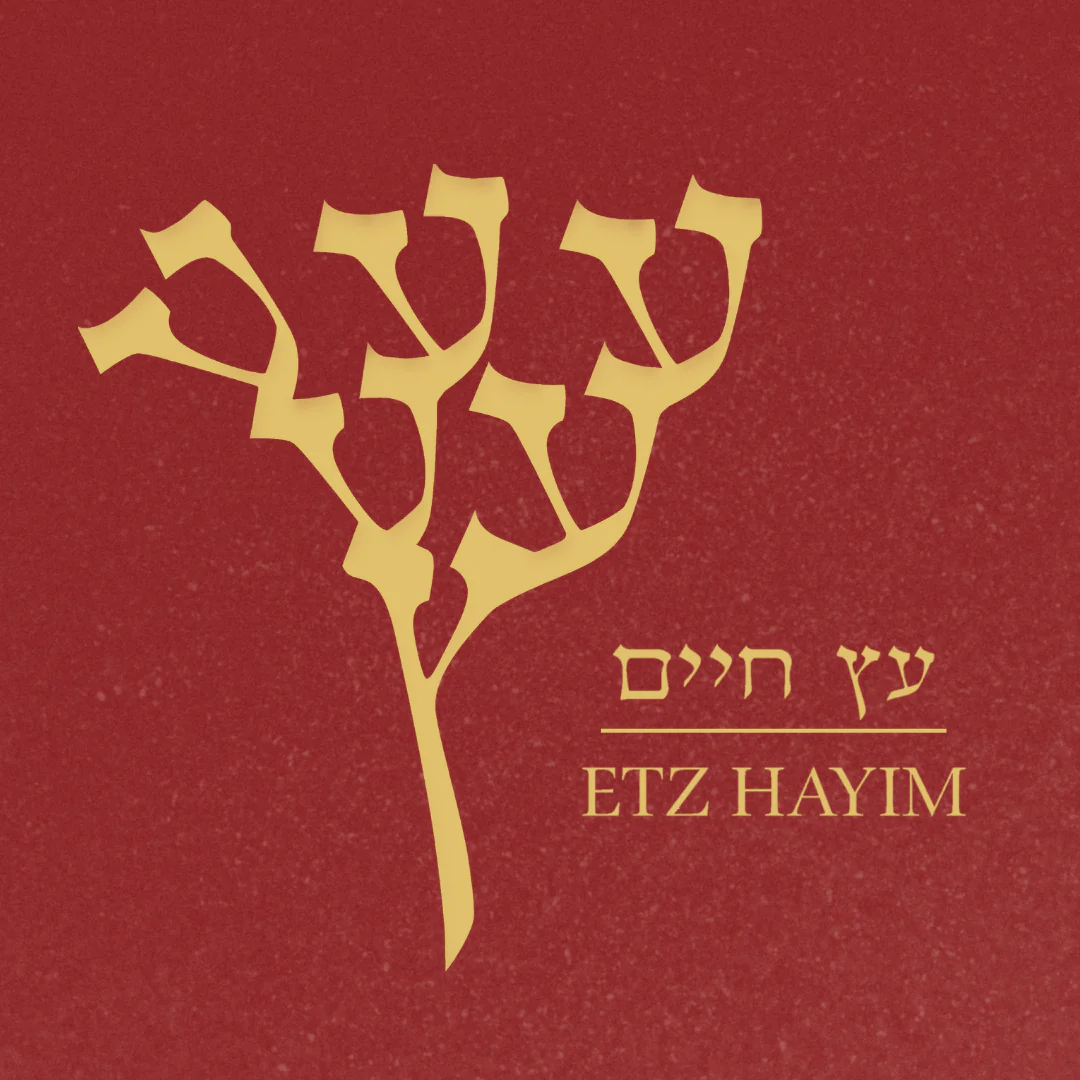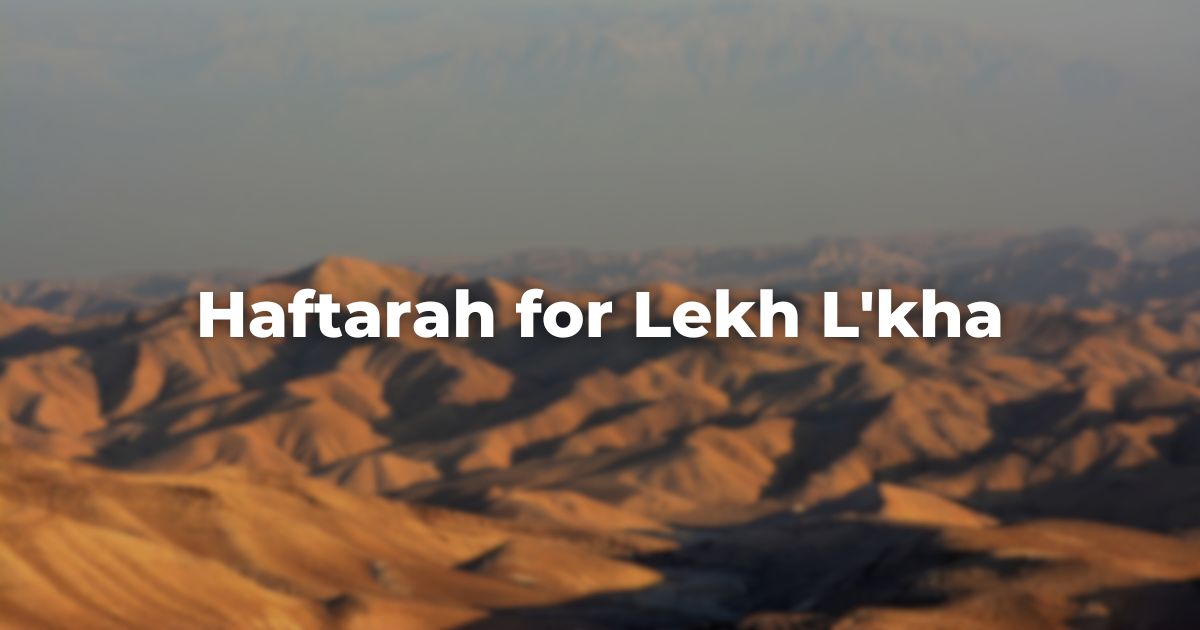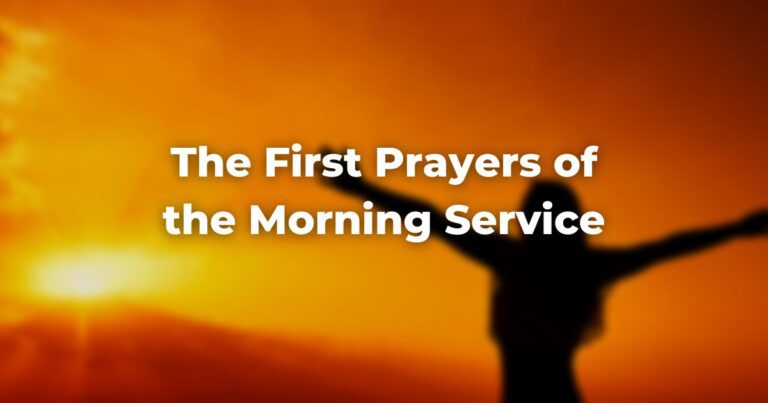Isaiah 40:27-41:16
This haftarah is a call to the people, seed of Abraham, to return from exile to their homeland. It was delivered in Babylon, sometime in the mid-6th century ʙ.ᴄ.ᴇ. Isaiah emphasizes God’s power and providential guidance to alleviate the nation’s mood of despair and fear.
Through their faithful response, the people would thus renew a redemptive journey begun by their great ancestor more than a millennium earlier.
The several oracles included in this haftarah presumably were uttered at different times to the people in exile, presenting diverse themes and using distinct styles. At one level, these divine prophecies were anthologized on the basis of external verbal links.
Thus, for example, the language of God’s proclamation to the people Israel, calling on them to “renew their strength” through trust in the Lord (Isaiah 40:31), is repeated ironically in the following chapter, where this call for renewal is part of a challenge to the nations (Isaiah 41:1).
Read as part of a liturgical whole (related to public worship), the verbal connections take on thematic substance.
One notable example is provided by the repetition of the phrase “the ends of the earth.” It is used to describe God as Creator “of the earth from end to end” (Isaiah 40:28), the foreign nations (“ends of earth”) who behold God’s victory in fear and trembling (Isaiah 41:5), and God’s act of liberating Israel from “the ends of the earth” to be His servant Isaiah 41:9).
The repetition of this phrase includes all the themes of the haftarah: God as creator, victor over the nations, and redeemer of the people Israel.
As a unified liturgical teaching, the haftarah moves progressively from the realism of despair to a near surreal vision of victory. In the process, Israel’s speech moves from lament to exhilaration.
These two poles are marked by Israel’s opening words, “My way is hid from the Lord ” (Isaiah 40:27), and the final divine promise, “But you shall rejoice in the Lord” (Isaiah 41:16). The proof is formulated in between these two statements: God will arouse a victor who will destroy the nations and thereby help prepare the fulfillment of the divine promises.
The initial cry of disbelief is countered with reasons for trust.
In an attempt to motivate the people, the prophet alludes to earlier occasions of divine support. Thus in the opening oracle, the promise that the faithful will renew their strength and soar homeward like eagles (Isaiah 40:31) counters the sense of being forgotten in exile.
This promise echoes the people’s redemption from Egypt, when God first “bore you [the Israelites] on eagles’ wings” (Exodus 19:4). “Like an eagle . . . / . . . did He spread His wings and take [Israel], / Bear [them] along on His pinions” (Deuteronomy 32:11).
An even earlier event of divine guidance is alluded to in the reference to the nation as the “Seed of Abraham My friend” (Isaiah 41:8). This patriarch faithfully followed God and was promised the blessing of the land for his “seed” (Genesis 15:5).
So may Israel, “the Seed of Abraham,” confidently anticipate its own restoration to the homeland. Designating the nation as God’s “servant” whom He has “chosen” (Isaiah 41:8-9) also underscores the special status of the people Israel.
Relation of the Haftarah to the Parashah
Isaiah’s reference to the people Israel as the “Seed (zera) of Abraham My friend” (Isaiah 41:8) establishes a correlation between a late prophecy of renewal and the TorahRefers to the first five books of the Hebrew Bible, the Tanakh, also called the Five Books of Moses, Pentateuch or the Hebrew equivalent, Humash. This is also called the Written Torah. The term may also refer to teachings that expound on Jewish tradition. Read more narrative in which this patriarch was promised “offspring” (zera) as numerous as the stars on high (Genesis 15:5).
Indeed, because of this the Judeans in Babylon may hope that God will rescue them from Babylon just as he once “brought” Abraham “out from Ur of the Chaldeans” to the promised “land” (Genesis 15:7). At one level, therefore, the nation’s restoration from its exile completes God’s promises to Abraham.
God’s ancient assurance, “Fear not” (al tira; Genesis 15:1), rings in the people’s ears as the prophet proclaims God’s new word of trust “Fear not” (al tira; Isaiah 41:10) to the patriarch’s seed.
By this same means, the haftarah may also suggest the mystery of divine protection to later generations. The God who rewarded Abraham’s faith with “merit” (tz’dakah; Genesis 15:6) speaks now to all the people with the promise of providential care: “I am your God . . . I uphold you with My victorious right hand” (biymin tzidki; Isaiah 41:10).
Here God’s gracious might sustains His creatures, not their own merit. Isaiah seeks to awaken his audience to this reality, providing the hope that renews strength. By proclaiming that the impaired spirit may be revived through trust in God’s creative vitality (Isaiah 40:28-31), the prophet offers a new theology of divine immanence (presence) and the renewal of creation.
Author
-

Etz Hayim represents the Conservative / Masorti Movement’s reverence for tradition, profound commitment to scholarship and the unique understanding that both are essential to Jewish life.
Published in 2001 in conjunction with the United Synagogue of Conservative Judaism, Etz Hayim is the most celebrated contemporary humashA collection of the Five Books of Moses, Pentateuch, or the Hebrew equivalent. Includes the haftarot readings, and usually contains some commentary. It is often used on Shabbat mornings to help follow the Torah reading. Read more. It features the renowned 1985 JPS translation, as well as an authoritative Hebrew text based on the Masoretic tradition. In the same year it was published, Etz Hayim: Torah & Commentary won a National Jewish Book Award for Non-Fiction.
View all posts




